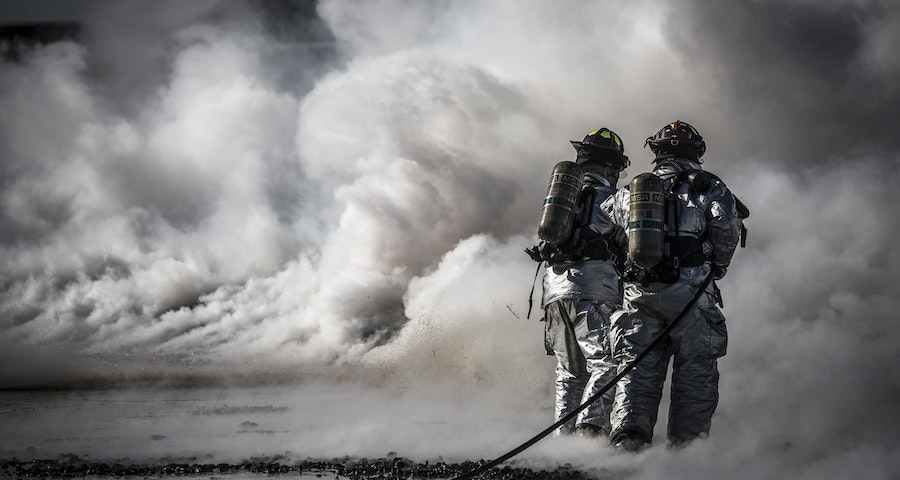
Smoke alarms play a vital role in saving lives in case of fire breakouts. However, not all smoke alarms are suitable for use in all rooms within a house. In the kitchen, where a fire may be more likely to start, not all smoke alarms are safe. Installing the wrong smoke alarm in the kitchen may prove to be fatal, rendering the alarm useless, and putting your life at risk. So before you buy or install a smoke alarm, it’s essential to know which one is safe for use in the kitchen.
Contents
- 1 Firstly, it’s most appropriate to avoid installing smoke alarms that rely solely on ionization technology in the kitchen.
- 2 Secondly, installing photoelectric smoke detectors in the kitchen is your best bet.
- 3 Thirdly, smoke detectors combined with carbon monoxide (CO) alarms are also ideal for installation in the kitchen
- 4 Fourthly, placing smoke detectors in the right places in the kitchen is also crucial
- 5 Lastly, it’s important to test your smoke alarm regularly to make sure that it’s in good working order
- 6 Conclusion
Firstly, it’s most appropriate to avoid installing smoke alarms that rely solely on ionization technology in the kitchen.
This is so because these alarms are designed to detect small particles of smoke that are produced by fast-moving fires, often referred to as flaming fires. However, cooking fires are more likely to produce larger-sized smoke particles, which can go undetected by ionization alarms, leading to deadly smoke inhalation.
Secondly, installing photoelectric smoke detectors in the kitchen is your best bet.
They work by emitting a beam of light that detects smoke particles in the air. They’re more responsive to large-sized smoke particles that are common in cooking fires, making them safer for use in the kitchen. Furthermore, photoelectric detectors reduce the incidence of false alarms triggered by burnt foods and steam from cooking, making them more reliable.
Thirdly, smoke detectors combined with carbon monoxide (CO) alarms are also ideal for installation in the kitchen
CO poisoning usually results from incomplete combustion of fuel used in cooking or heating. Carbon monoxide is highly toxic and can cause death in minutes. By combining smoke detectors with CO alarms, you ensure that you’re safe from two potential dangers that pose serious health risks in a kitchen.
Fourthly, placing smoke detectors in the right places in the kitchen is also crucial
Avoid placing alarms near the stove as they may signal false alarms. Instead, mount the detectors in areas where smoke may naturally accumulate in case of a fire, such as the ceiling or high on a wall, away from the cooking area. Also, ensure that the smoke alarms are not installed too close to the kitchen door, as smoke may not reach them in a timely fashion should a fire break out.
Lastly, it’s important to test your smoke alarm regularly to make sure that it’s in good working order
Some alarms come fitted with self-check mechanisms and indicators that let you know when it’s time to change the batteries or replace the alarm. Make it a habit of testing your smoke alarm at least once a month.
Conclusion
In conclusion, smoke alarms are a vital component in ensuring safety in the kitchen, which is one of the most likely places in a house where a fire can start. Installing the right smoke alarms, placing them correctly, and testing them regularly can make all the difference between life and death. When choosing a smoke alarm, go for photoelectric alarms or those that have both smoke and CO sensors, and always examine where they’re located. Remember, safety begins with you.
